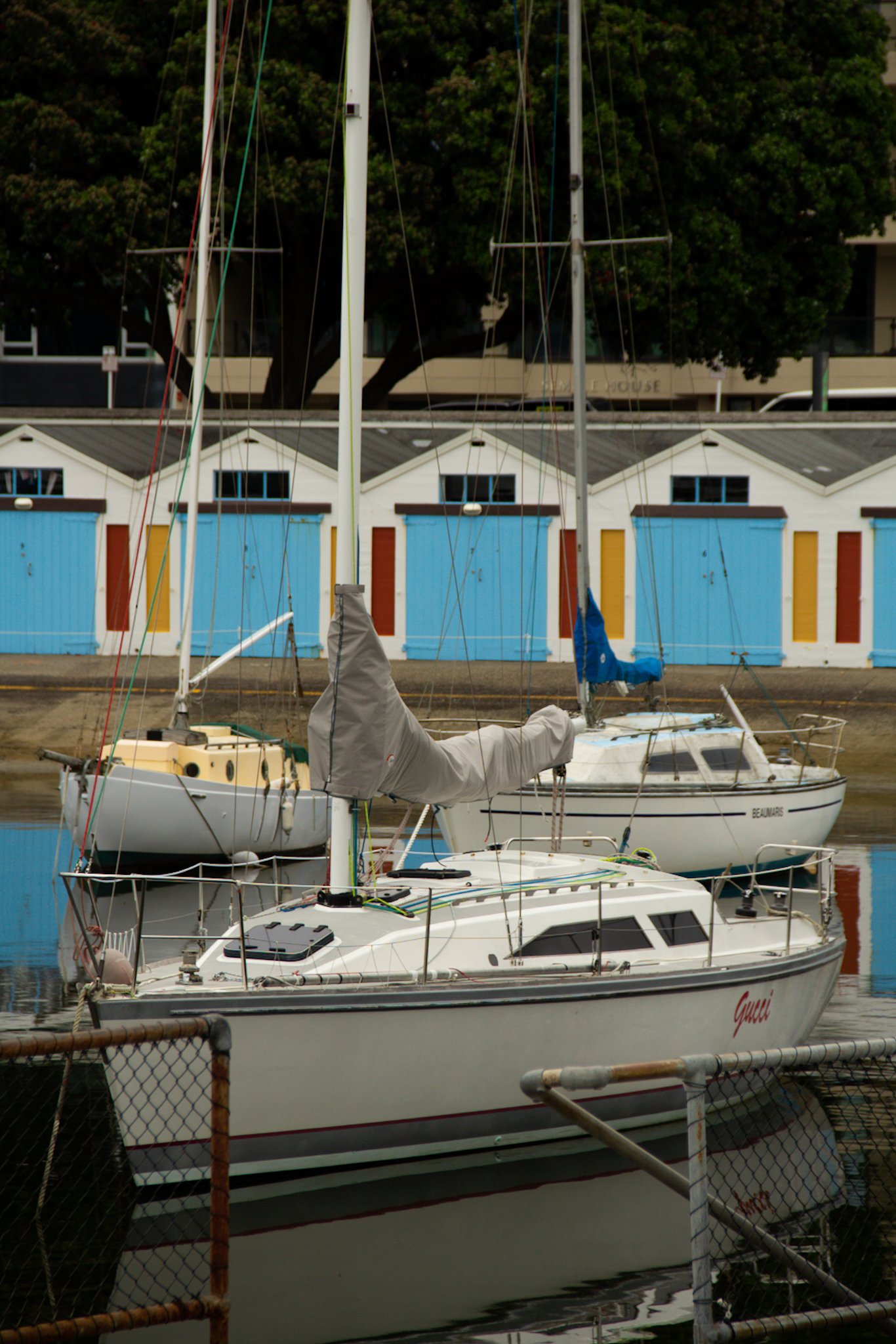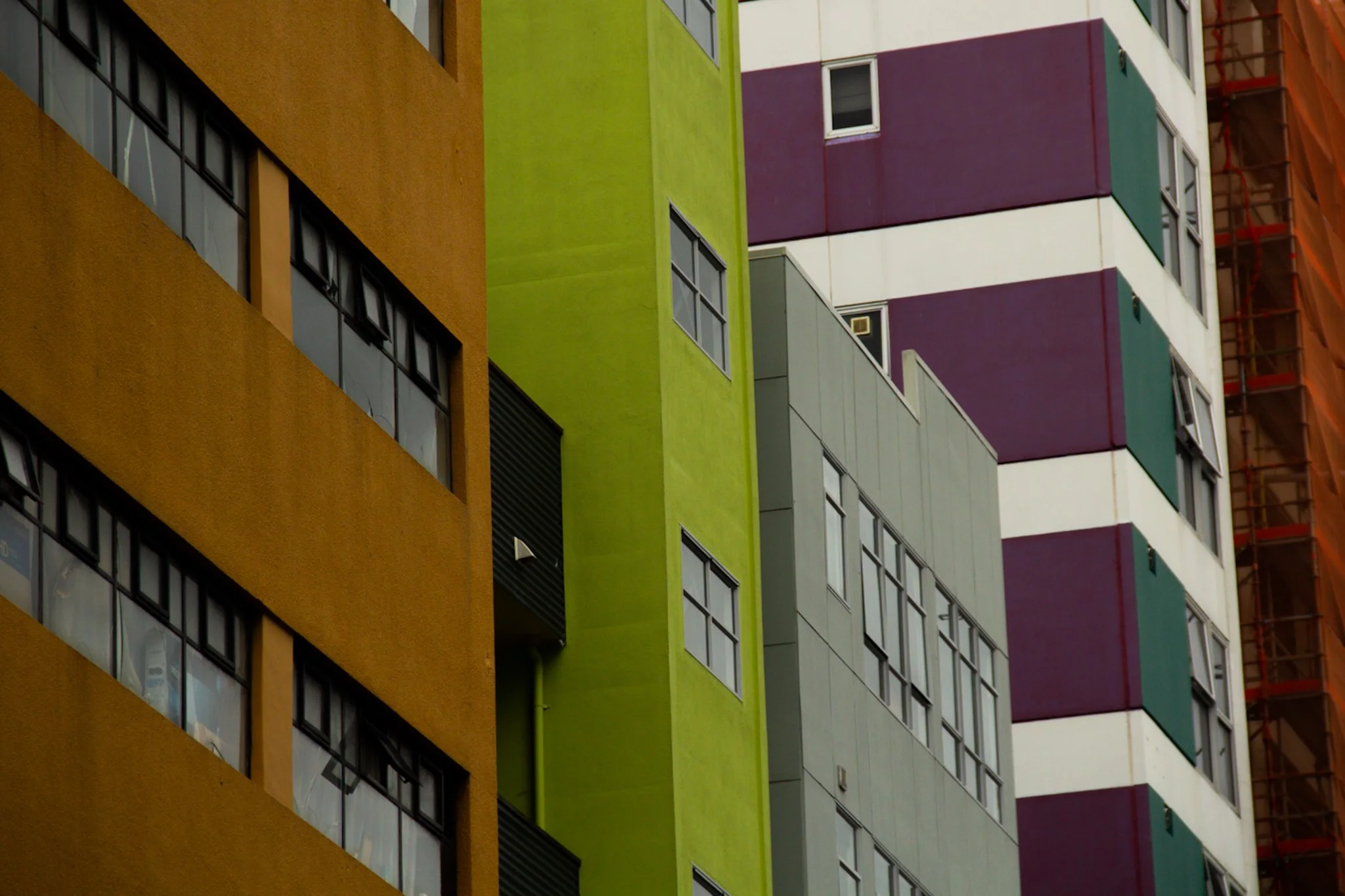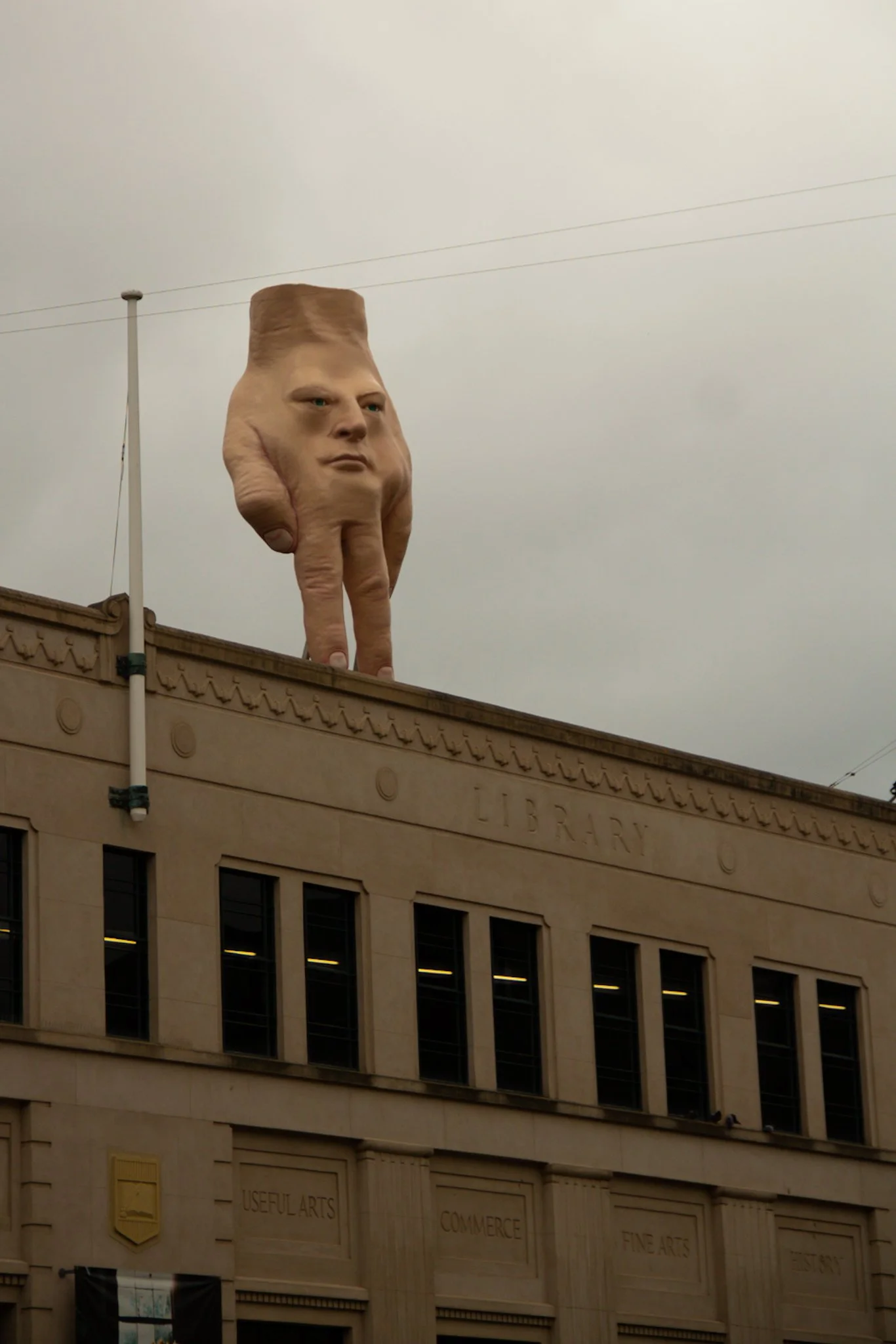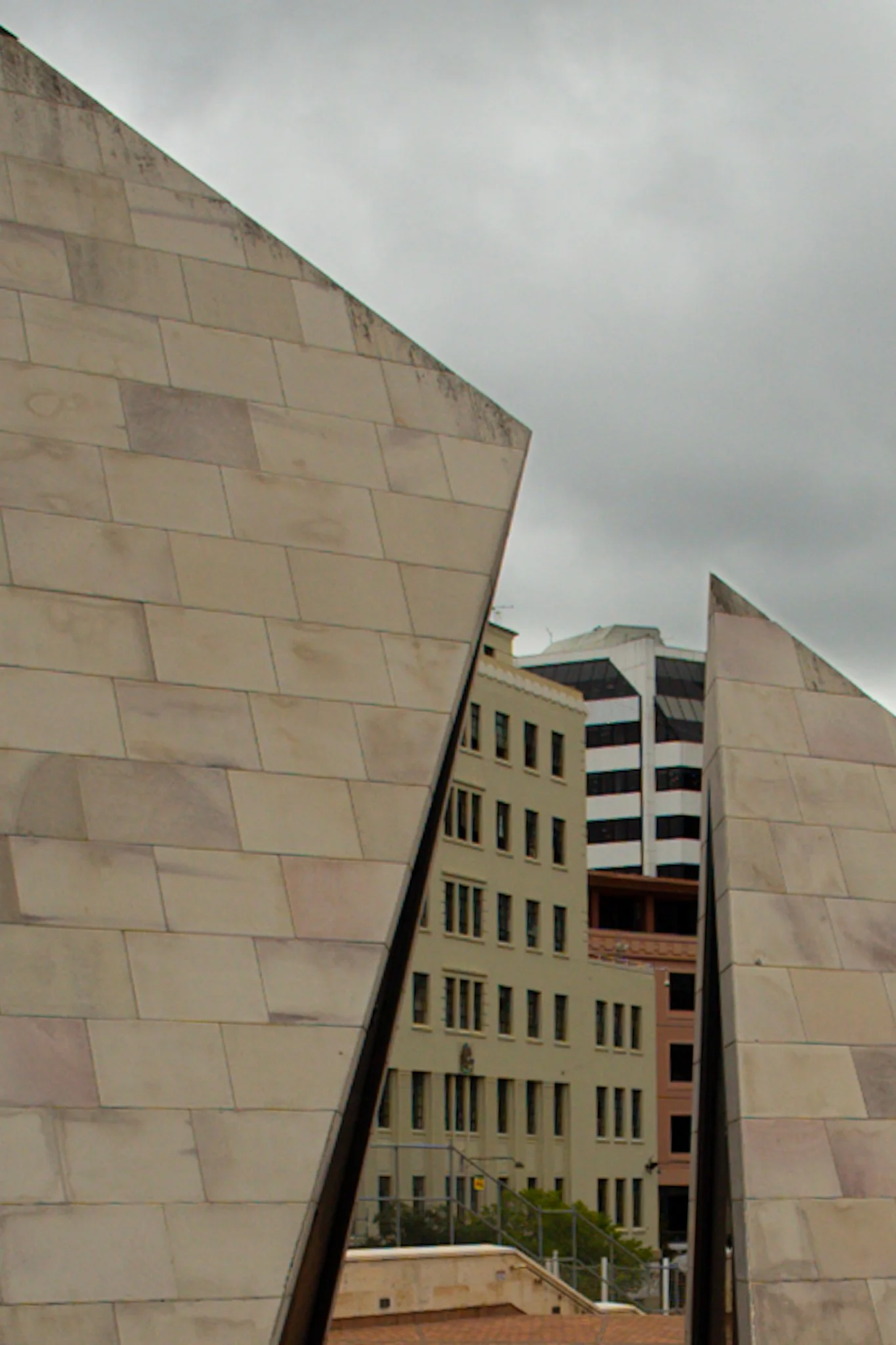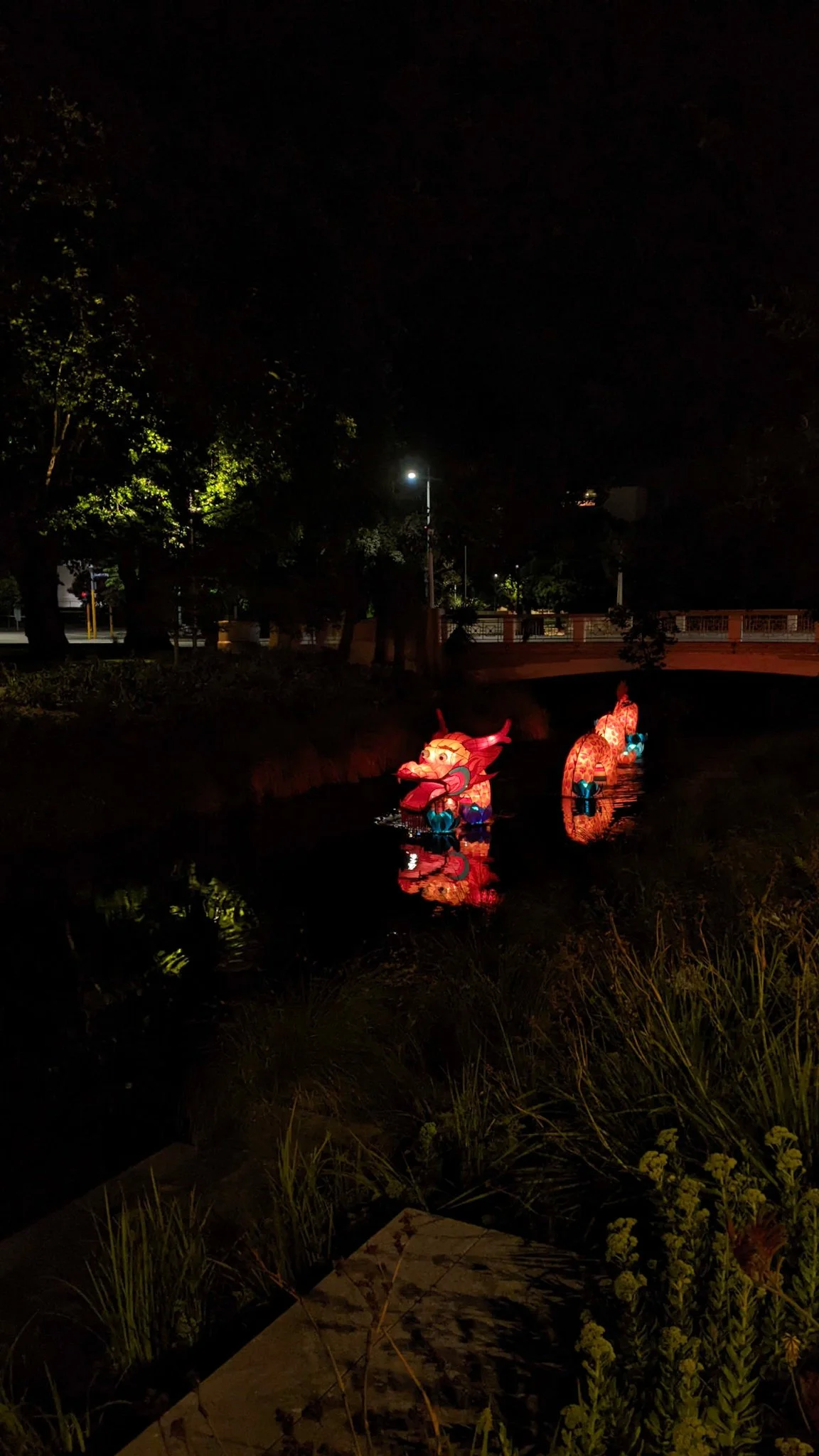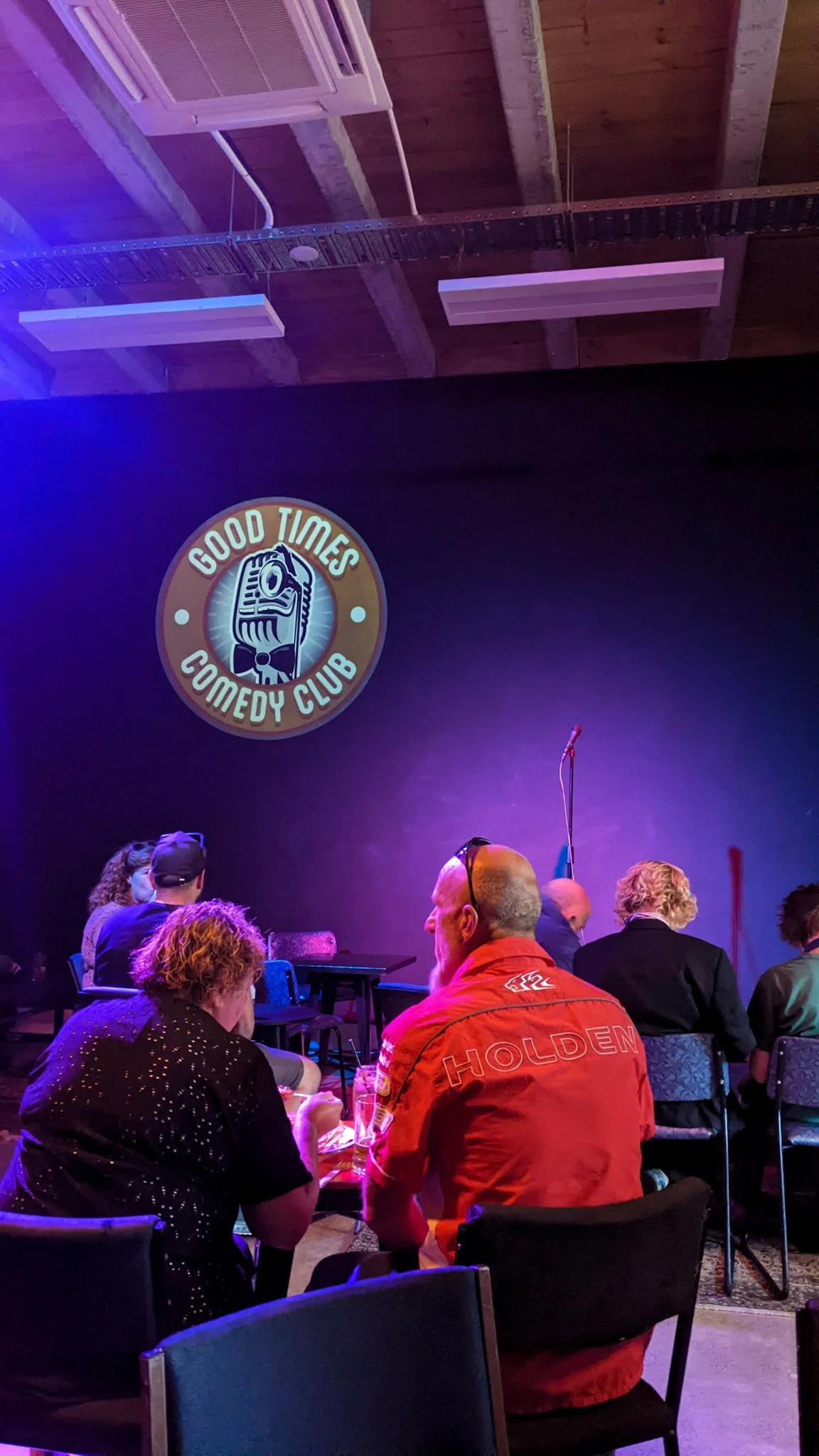Hollidays in Wellington and Christchurch
This week, in How to be a beginner?, I'm going to tell you about my first trip to New Zealand. I've been living in Auckland for a few months now, and in January, it was the first time my boyfriend and I went to see other places in the country. I'm not going to tell you in detail about our vacation, but I'll share with you the observations that made the most impression on me. For the context, we took the plane from Auckland to Wellington, where we stayed two days, then we took the ferry to go to Picton where we directly took the train to Kaikoura for one night, then again the train the next day to Christchurch where we stayed four days.
Wellington’s port
Small disclaimer before starting, I hope not to make too many mistakes in this article but it can sometimes be difficult to speak about a culture, a country, when you come from somewhere else. If I make the slightest inappropriate comment despite my best efforts, I would appreciate it if it could be brought to my attention so that I can apologize, educate myself and edit the article accordingly.
Wellington’s buildings
CBD
What I noticed, in Auckland already, is that the cities are very spread out here, much more than European cities in general, and the place of the car is much more important. As I don't have a car here, I do everything by foot and by public transport, so the places I go are mostly the city centers, called CBD here. So my observations and impressions are often related to CBDs and I don't know if they can be applied to the whole city.
The first thing I noticed in Wellington and Christchurch is that, contrary to Auckland whose CBD is composed of and surrounded by hills, the city centers are rather flat, which makes walking much easier and more pleasant.
Apart from this aspect, in terms of urbanism, I found Wellington and Christchurch quite different.
Wellington’s port
Wellington urbanism
Wellington is the capital of the country. Great efforts have been made in recent decades to improve the link between the CBD and the sea and the walk along the water is very easy to access and nice to follow. We also instinctively spotted two very lively districts, the first one around Cuba street, which is a pedestrian street, which is rare enough here to be underlined, with restaurants of different origins and thrift shops. The second one around Courtenay Place with bars and theaters. On the other hand, I have the impression that there has never been a question of local urban planning in this city. The buildings often have nothing to do with each other, and are of all imaginable sizes, shapes and colors. The quintessence of this heterogeneity is probably the Te Ngakau Civic square where there is a hand with a face on the roof of the City Galery in front of a half pyramid and wooden sculptures.
City Gallery’s hand sculpture
Te Ngākau Civic Square, Wellington
Christchurch urbanism
In Christchurch, the anatomy of the city center is totally different. First, the effects of the 2011 earthquake are still very much felt in the urban aera. There are still many abandoned, cracked or razed buildings. We feel that the inhabitants and traders wanted to give life and beauty to the city through graffiti. Many walls are covered with beautiful and colorful works. Some old buildings from 1900 are still standing, especially in New Regent Street full of restaurants, but most of the city center seems very recent, with a lot of big brand stores which, for my European eye, gave a bit of an impression of an open air shopping mall. Also, the city center is embedded in the commercial-industrial area and you go from one to the other in one street, the borders are more blurred than in France. For example, some very good restaurants that we tried were in the industrial zone. There is no sea in the city center, but the Avon River was well integrated during the reconstruction of the city. In the travel guide that we had, it was the food scene that was highlighted in Christchurch. I imagine that it is the easiest tourist activity to relaunch after a disaster. And the guide was right: we found very good restaurants.
Chinese New Year celebrated in the Avon river, Christchurch
5th street, Christchurch
Time’s difference
In Wellington, as in Christchurch, what I liked compared to Auckland is that the hours of bars, cafes and restaurants are much wider. In Auckland, I still haven't managed to find a cozy place where I could go for afternoon tea between 3 and 5 pm. And I have the impression that restaurants close very early, that the last tables are at 7:30 pm. Whereas in Wellington and Chirstchurch we always found nice places at all hours of the day and evening.
Diversity in the streets
On another note, it seemed to me that there was less ethnic diversity in the streets of Wellington and Christchurch compared to Auckland. Here, there are a lot of immigrants and descendants of immigrants, from many different countries and especially from South East Asia. I had the impression that it was less the case in the cities we visited during the vacations, but I did not find any studies to corroborate or deny this impression. I also have a feeling that Maori culture was less present or less emphasized in the urban space.
Graffitti, Christchurch
Museums
These vacations were also an opportunity to go to museums. The works presented were quite different from the museums in Europe where we often find the same thing, big names known internationally, or obscure painters of the sixteenth century. But here, I only saw works by Kiwis, and most importantly, all the artists represented were either alive or dead for less than 20 years. Oddly enough, this is what reminded me the most that I was on the other side of the world, in another culture. I didn't know any of the artists featured and it brought me back to the experience I had with museums and the consequences of globalization in culture. I was able to understand in my body, more than in my head, what it meant when we talk about the European or American vision that spreads over the world, and the way it erases differences and erases other visions of the world that not only have the right to exist in the same way as those that dominate but also the importance of having different ways of seeing the world. Obviously, I had already understood these topics intellectually, but here I integrated them on a different scale.
Also, I liked that the museums highlighted voices that are less often highlighted (of women, LGBTQI+ people, immigrants...) while accepting their responsibility in creating that difference in the first place.
And the last thing I loved about the museums was the care given to the inserts that accompany the works. In addition to giving the name of the artist, the date and the techniques used, like the museums I visited in Europe, an explanation was presented for each work relating the content and form of the work and the life of the artist. Thus, we really understood the works rather than just looking at them and pretending to know more or less about them.
Good Times Comedy Club, Christchurch
Stand-up comedy
To finish on this vacation, I got to try out some new stand-up comedy venues. I went on stage three times, once at the Fringe bar thanks to Monfu production and twice at the Good Times Comedy Club. Each time I was very well received by the production and the audience. I even pushed the experience by testing new jokes and having my first eight minutes. So again, new steps were taken!
I had a great vacation. I was very happy to visit new cities, to get a better idea of what is related to Auckland or to New Zealand in general. And then I could see sea lions from the train and dolphins in Kaikoura Bay. So a very happy Elisa!
What about you?
Thanks for reading this article! Don't hesitate to come and tell me what you tried this week on instagram or tiktok!
Next week, I'll tell you about my first digital collage.
The links
Good restaurants:
5th street, Christchurch
The Nook Thai Eatery, Christchurch
Midnight Shanghai, Christchurch
Stand-up places:
The Fringe Bar, Wellington
Good Times Comedy Club, Christchurch
Museums:
City Gallery, Wellington
Art Gallery, Christchurch
